The anime figure market has exploded in recent years, with fans around the world investing in detailed, high-quality collectibles. But with that booming demand comes a major downside—fake anime figures flooding the scene.
From online marketplaces to sketchy resellers on social media, counterfeit anime figures are popping up more than ever. These knock-offs might look convincing at first glance, but they’re often made with low-quality materials, lack fine detailing, and don’t support the creators or official brands behind your favorite characters.
If you’re an anime fan, collector, or just starting out, knowing how to spot fake anime figures is crucial. Falling for a counterfeit not only wastes your money—it can also ruin your collection’s integrity.
That’s exactly why we’ve put together this guide—to help you identify fakes, make smart purchases, and enjoy collecting with confidence. At Dark Wolf Collectibles, we’re passionate about keeping the anime community informed and protected.
Ready to become a more confident collector? Let’s dive into the key ways to separate the real from the fake.
Why Fake Anime Figures Are So Common
If you’ve ever been shocked to find a super cheap anime figure online and thought, “This feels too good to be true”—you’re probably right. Before we dive into how to spot fake anime figures, let’s talk about why there are so many of them floating around in the first place.
1. Unauthorized Mass Production
A lot of fake anime figures come from unlicensed factories that have zero connection to the official creators. They just mass-produce knock-offs and sell them as if they’re the real thing. No quality checks, no official approvals—just a whole lot of fakes being pumped out for quick cash.
2. Demand Outweighs Supply
Some official anime figures are super limited or sell out crazy fast. And when people miss out, the fakes slide right in to fill the gap. Especially with big-name characters from shows like One Piece, My Hero Academia, or Demon Slayer, there’s always someone ready to buy—even if it’s not legit.
3. Cheap Prices = Easy Temptation
Let’s be real; not everyone has the budget for high-end collectibles. And when a figure looks “close enough” and costs half the price? It’s easy to see why new collectors fall for it. But yeah, that deal usually comes with a big catch—low quality and zero authenticity.
Fake figures don’t just hurt collectors. They actually hurt the whole anime merch industry. Creators, official brands, even your favorite local anime store—they all take a hit when counterfeits flood the market. And honestly, no one wants to see the hobby we love get watered down like that.
Key Differences Between Real and Fake Anime Figures
Whether you’re new to collecting or just want to avoid getting scammed, knowing what to look for makes a huge difference. Here’s a breakdown of the most common red flags when comparing real vs. fake anime figures:
Paint Job & Color Accuracy
One of the first things that stands out on fake anime figures? The paint. It’s usually just… off.
- Colors may look too bright or totally washed out.
- Small details—like eyes, accessories, or patterns—can be sloppy or even missing.
- Real figures from top brands have sharp, clean paint lines and carefully matched colors.
Fake versions often skip the precision, so characters may look slightly “off-model.” If Hinata’s eyes look wonky, or Goku’s hair is a weird shade of yellow, it’s probably not legit.
Material Quality & Figure Weight
Real anime figures are made with durable, high-quality plastic. They feel solid in your hand.
Fakes? Not so much.
- They’re often super lightweight or oddly hollow.
- The plastic might feel cheap or bendy.
- Joints (if any) can be loose or break easily.
If the figure feels more like a Happy Meal toy than a collector’s item, that’s a big red flag.
Packaging & Branding
Always check the box!
- Fake figures often come in packaging with low-res box art or fuzzy character images.
- Look for missing logos from studios like Toei, Aniplex, or companies like SEGA and Kotobukiya.
- Misspelled names, weird grammar, or awkward phrasing are also common signs of bootlegs.
Remember: legit brands pay attention to every detail—right down to the barcode.
Missing Serial Numbers or Licensing Stamps
Real figures typically come with some form of authentication:
- Holographic stickers
- Licensing stamps or engraved serial numbers
- Logos from official distributors or creators
If there’s nothing on the base, packaging, or insert card that shows it’s officially licensed, it’s likely a fake.
Overall Build and Finish
This one’s all about the craftsmanship.
- Fake figures often have visible seam lines, glue residue, or uneven surfaces.
- You might see warped accessories or parts that don’t quite fit right.
- Real ones? Clean, smooth, and sturdy.
If the figure feels rough or unfinished, that’s your cue to double-check its legitimacy.
Where to Buy Authentic Anime Figures
So, now that you know how to spot fake anime figures, let’s talk about where you should be shopping. Knowing the right places to buy from is half the battle in building a legit collection.
Official Retailers and Licensed Distributors
The safest bet? Buying from official or licensed retailers. These stores work directly with brands like Banpresto, Bandai, and others—so what you see is the real deal.
These sites clearly list the manufacturer, product details, and even provide shipping updates from Japan to your doorstep.
If you’re based in Australia, you don’t have to shop overseas. There are great local options too—like Dark Wolf Collectibles. Shopping local can help you avoid long waits, surprise customs fees, or sketchy import scams.
⚠️ Watch Out for Marketplace Listings
While you can find real figures in some marketplace listings, it’s also where a lot of fake anime figures pop up.
Tips for spotting red flags:
- Vague product descriptions
- Unrealistically low prices
- No mention of brand or manufacturer
- Stock photos only, no real pics
- If it looks shady or sounds too good to be true, it probably is.
Save Those Receipts (and Certificates)
When you buy from official shops, they often include a proof of authenticity—like a certificate, licensing stamp, or receipt. Hang onto those! Not only does it help you verify your collection, but it’s also super handy if you ever want to sell or trade.
Collector’s Tips to Stay Safe in 2025
The anime figure market is booming, but so are the number of fake figures floating around. In 2025, staying safe as a collector means being smart and doing your homework. Here are some tips to keep your collection legit:
Join Anime Figure Communities for Insight
Want to stay on top of the latest figure releases? Join anime figure communities—whether on Reddit, Discord, or Facebook groups. Fellow collectors are always sharing tips, reviews, and warnings about fake figures. Plus, you’ll get the inside scoop on which figures are worth the investment.
Always Cross-Check New Releases with Official Brand Sites
Before hitting “buy” on a new figure, double-check the release details on the official brand sites. These sites will confirm whether the release is authentic and give you valuable info on pricing and availability.
Keep Up with Blogs Like Dark Wolf Collectibles
Blogs that specialize in anime figures (like Dark Wolf Collectibles) are a great resource for keeping up to date with what’s circulating the market. They often feature reviews, release announcements, and breakdowns of the latest updates.
Bookmark Legit Retailers
Make a list of trusted online retailers. These stores sell official, licensed figures, so you can shop with confidence, knowing you’re not getting duped. Stay vigilant and smart—2025 is your year to build a collection that’s both impressive and authentic!
![]()
It’s all about looking for the little details.
- Official Licensing Stamps: Real figures often have stamps or holographic stickers from companies like Good Smile, Aniplex, or Toei.
- Packaging Quality: Licensed figures come in high-quality packaging with logos and proper copyright information.
- Serial Numbers: Authentic figures will have a unique serial number or barcode, often on the base or box.
If you’re unsure, check the manufacturer’s website or other trusted retailers to compare packaging and figure details.
Yes! When people talk about “bootlegs,” they’re referring to fake anime figures that are unofficial, unauthorized, and typically produced without permission from the original creators. They’re often sold as if they’re the real deal, but they don’t meet the same quality standards as licensed products.
While buying bootlegs might save you money in the short term, you’re supporting shady manufacturing practices. You’re also missing out on the superior craftsmanship, detailed paintwork, and collector value that comes with official releases. Plus, buying bootlegs can hurt the anime industry by stealing revenue from creators and licensed brands.
So, it’s better to avoid them if you want to support the creators you love and ensure your collection stays legit.
Not always. While bootleg figures tend to be cheaper in general, don’t assume the price is the only red flag. Some fakes are sold at near-retail prices, especially if the figure is rare or popular.
In these cases, it’s important to look beyond the price tag and focus on quality indicators like packaging, weight, and paint details. If it seems too good to be true, it probably is.
Bootleggers love to target the big names—think Good Smile, Banpresto, and Kotobukiya. These are the companies behind some of the most popular and sought-after figures, so they’re often replicated in bootleg form.
Be especially cautious when purchasing figures from iconic shows like One Piece, Naruto, Demon Slayer, or Dragon Ball Z. These franchises attract lots of counterfeit products because of their massive fanbases.
Don’t Let a Fake Tarnish Your Collection
Now that you know how to spot fake anime figures, it’s time to make sure your collection stays top-notch. The world of anime collectibles can be a bit tricky, but with the right knowledge, you can avoid wasting money on fakes and keep your shelves filled with quality, authentic figures.
The best advice? Stick with trusted retailers like Dark Wolf Collectibles. They’re committed to offering only genuine, officially licensed figures, so you can shop with confidence.
Also, don’t forget to stay sharp when buying from other places. Always check for those key signs—like paint quality, packaging details, and authenticity stickers—before you hit that “buy” button.
Got any personal tips on spotting fake anime figures? Drop them in the comments below! Let’s help each other build the best collections possible. Happy collecting!

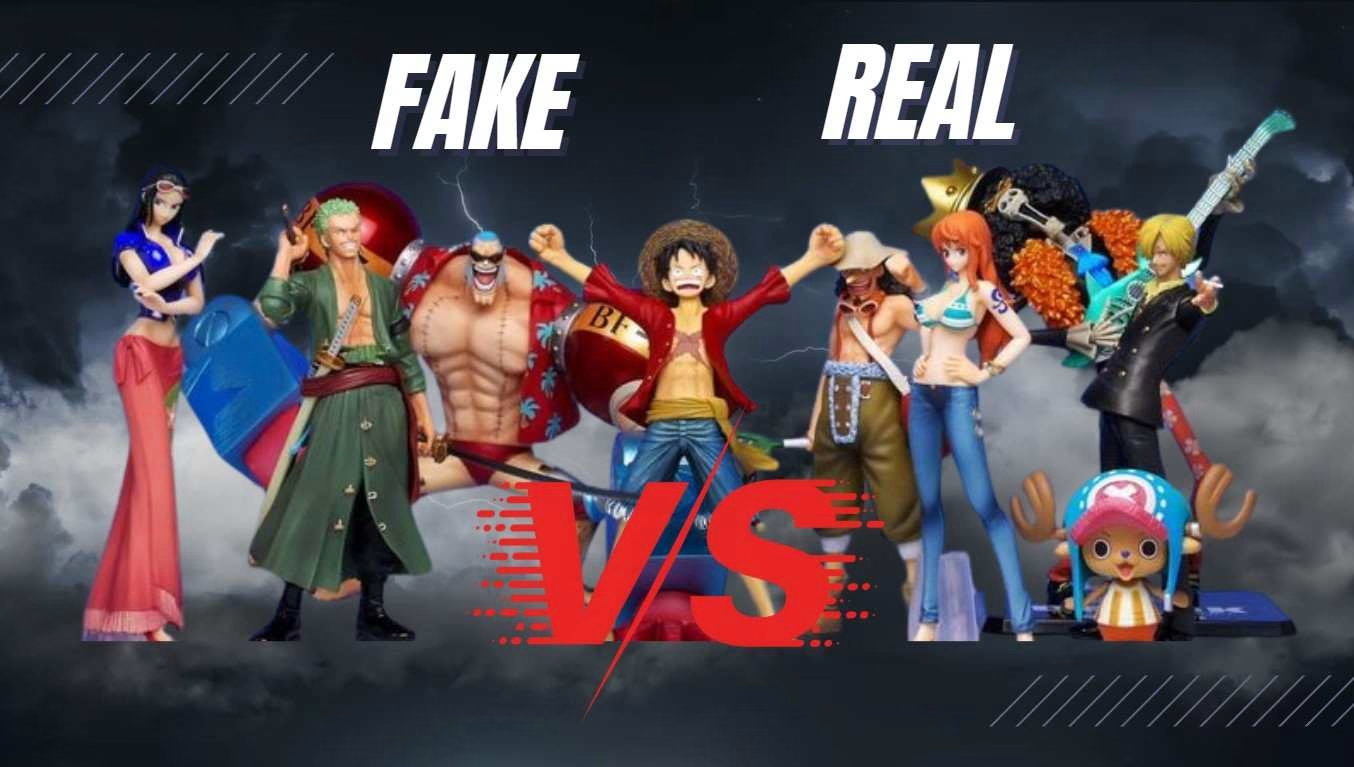

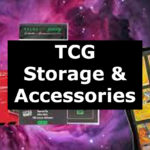

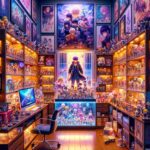




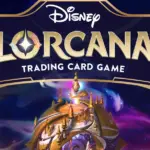
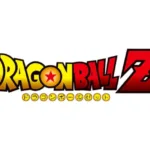
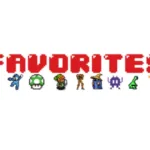


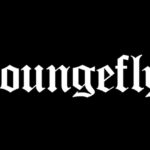






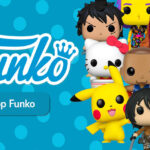




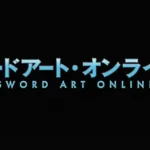
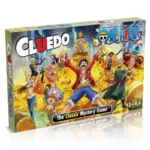
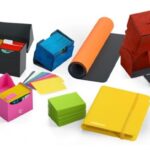
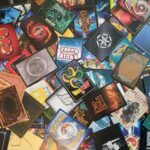
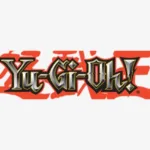


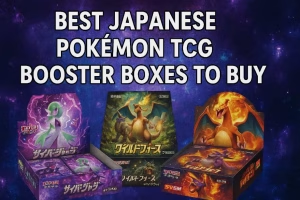
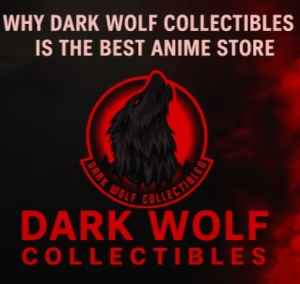
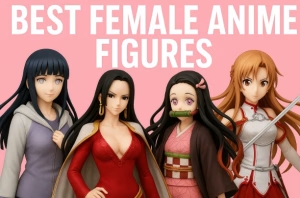
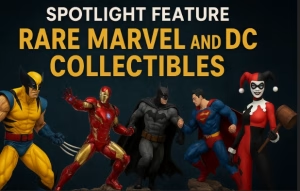
Add comment